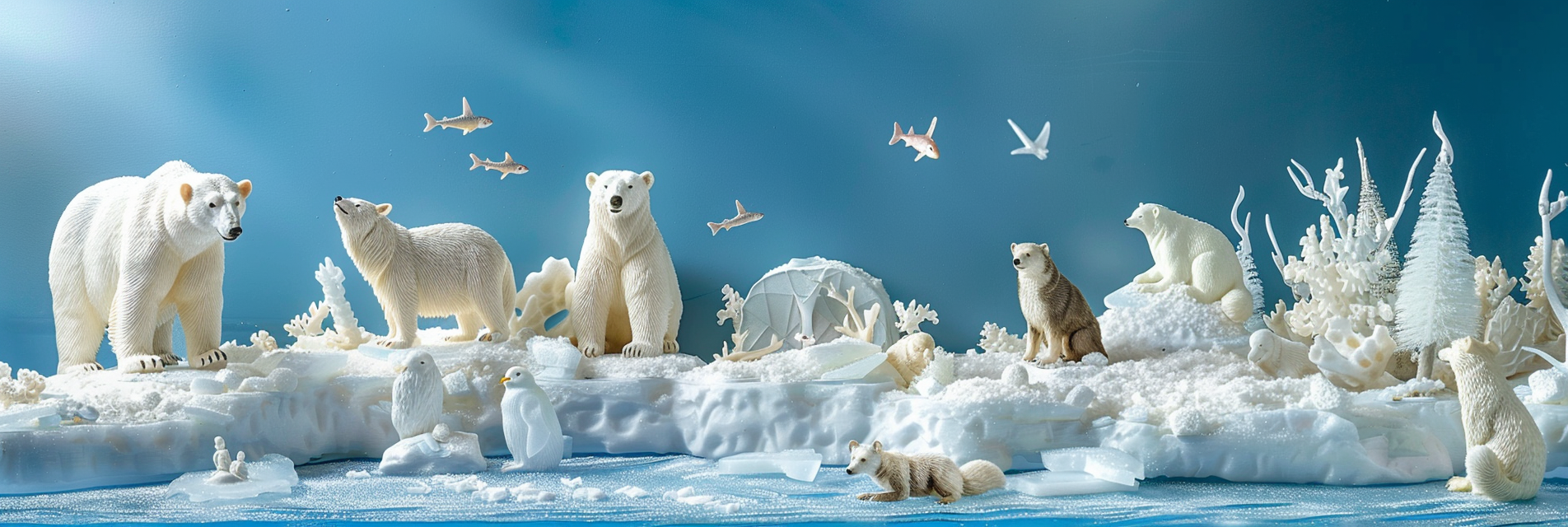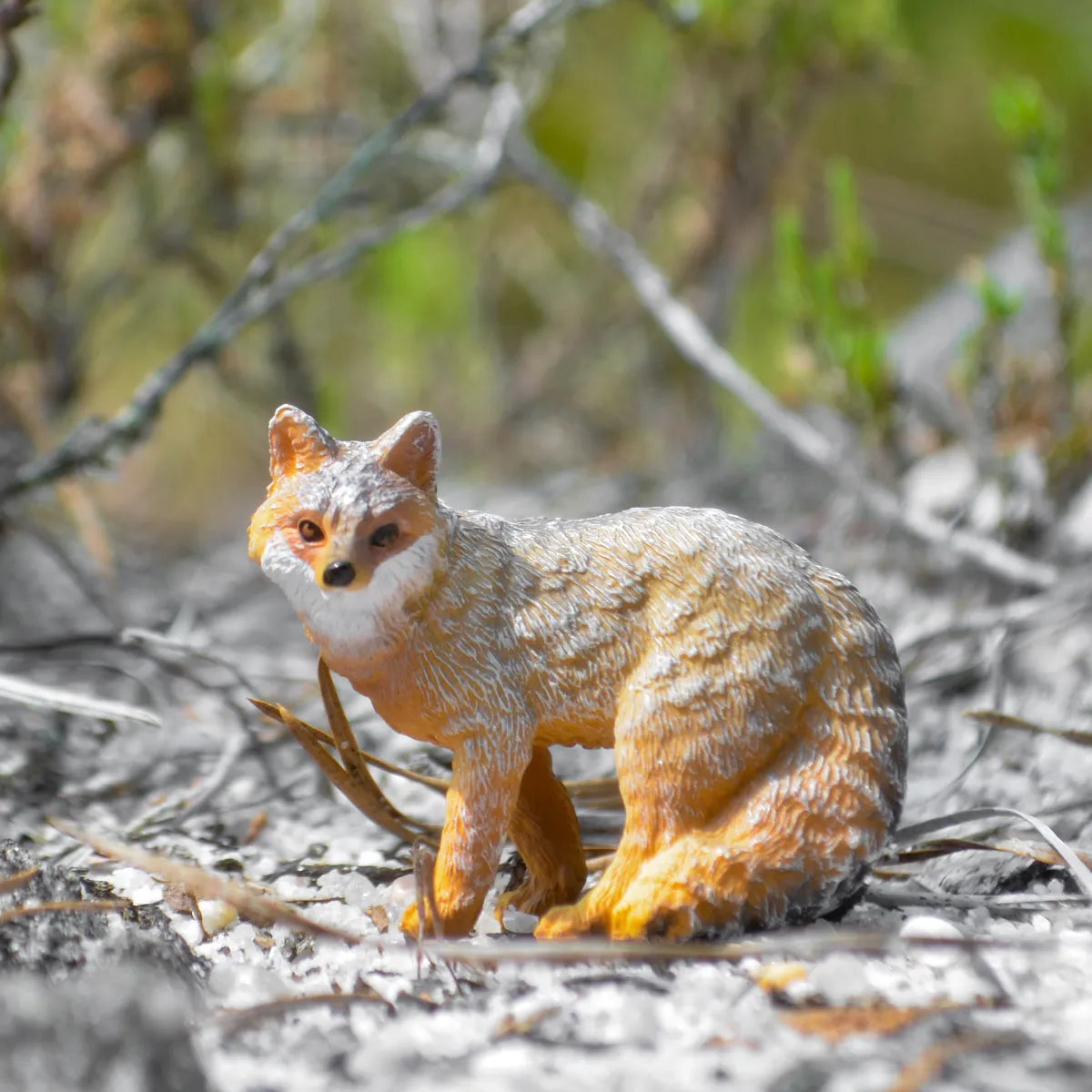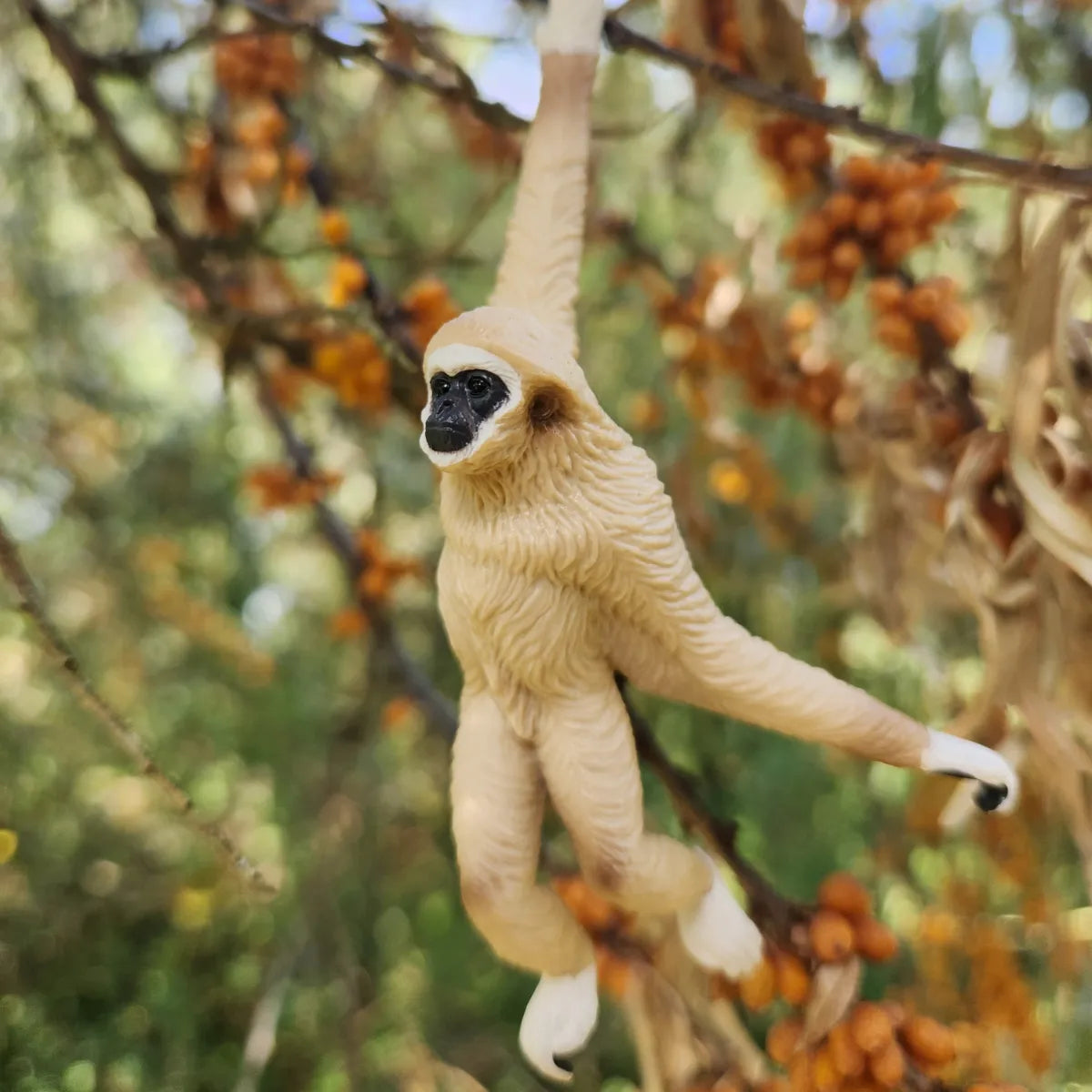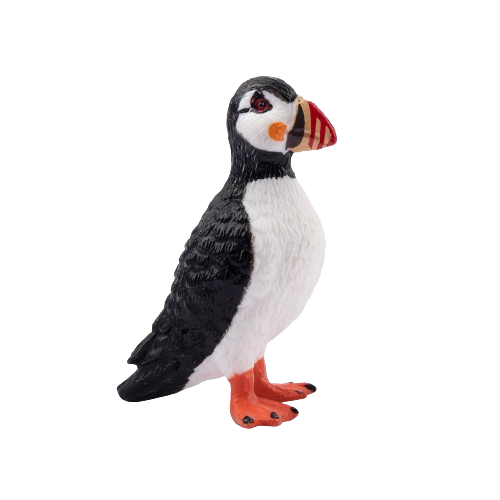
Atlantic Puffin
Colorful seabirds known for their bright beaks during breeding season, Atlantic puffins are found in the North Atlantic, nesting in coastal cliffs and feeding on fish.
Scientific Name
Fratercula arctica
Behavior
Atlantic Puffins are highly adapted for life at sea. They spend the majority of the year on the open ocean, only coming ashore to breed. Puffins are excellent swimmers, using their wings to "fly" underwater while pursuing fish. On land, they can be somewhat clumsy, but they're excellent fliers, capable of beating their wings up to 400 times per minute. Social and gregarious, they nest in large colonies on coastal cliffs or offshore islands, where they lay a single egg in a burrow or crevice.
Breeding
The breeding season begins in late spring or early summer when puffins return to their traditional nesting sites, often the same location where they were born. They show strong fidelity to their nesting sites and partners, with whom they often reunite year after year. After a courtship that includes billing (rubbing their beaks together), the female lays a single egg, and both parents share incubation duties for around 6 weeks. Once hatched, the chick, known as a puffling, is fed by both parents until it is ready to fledge and make its way to the sea, usually at night to avoid predators.
Characteristics
Adult Atlantic Puffins are about 25 to 30 cm (10 to 12 inches) in length, with a wingspan of about 50 to 60 cm (20 to 24 inches). Their most notable feature is their large bill, which is dull gray in winter and blooms into vibrant orange, blue, and yellow in the breeding season. Their plumage is mostly black and white, with a greyish-white face and underparts. Puffins have a distinctive waddling gait on land and are capable of carrying multiple fish crosswise in their bills, thanks to unique adaptations in their jaw.
History
Atlantic Puffins have a long history of interaction with humans, being hunted for their eggs, feathers, and meat. However, in many places, they have become a symbol of coastal and marine conservation efforts. The puffin's history is also marked by significant declines and recoveries, influenced by changes in the marine ecosystem, hunting pressures, and habitat loss.
Current Status
The Atlantic Puffin is currently classified as Vulnerable by the International Union for Conservation of Nature (IUCN). Threats include overfishing, which reduces their food sources; predation by introduced species such as rats and cats on some breeding islands; and climate change, affecting the distribution of fish stocks. Conservation efforts include habitat protection, predator control on breeding islands, and research into the impacts of climate change on marine ecosystems. Successful conservation projects, particularly in places like the United Kingdom and Iceland, have helped stabilize some puffin populations, showcasing the bird's resilience and the effectiveness of targeted conservation measures.





